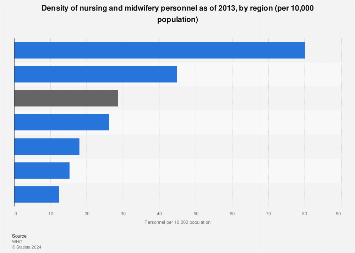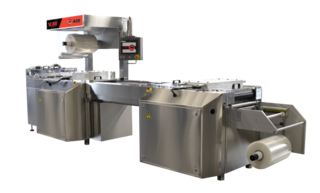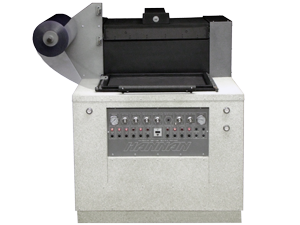Unlock Your Dreams of Flight with a Private Pilot License from Wayman Aviation Academy
The thought of flying through the sky, high above the ground, has always fascinated humans. It’s something that many of us have dreamed about since childhood – soaring through the clouds like a bird, looking down at the world below. But for most of us, becoming a pilot seems like an impossible dream, reserved only for the wealthy or those with natural-born talent. However, at Wayman Aviation Academy , we believe that anyone with the determination and dedication can achieve their dreams of flight through obtaining a private pilot license.
What is a Private Pilot License?
A private pilot license (PPL) is the most common type of pilot’s license and is the first step towards a career in aviation. It allows you to fly as the pilot-in-command of an aircraft for personal pleasure or business purposes. With a PPL, you can take family and friends on memorable flights, travel for leisure or business, or even just enjoy the freedom of flying solo.
Why Choose Wayman Aviation Academy for your PPL?
At Wayman Aviation Academy, we are more than just a flight school – we are a community of passionate aviation enthusiasts who are dedicated to helping you achieve your goals. Our academy has been turning dreams into reality since 1987 and is recognized as one of the top flight training schools in the country.
Our team of experienced instructors takes a personalized approach to each student, ensuring that you receive the attention and guidance you need to excel. We also offer state-of-the-art facilities and a fleet of well-maintained aircraft to ensure your safety and comfort while learning to fly.
The Benefits of Obtaining a Private Pilot License
Aside from the thrill and fulfillment of flying a plane, there are many other benefits to obtaining a private pilot license. First and …





































